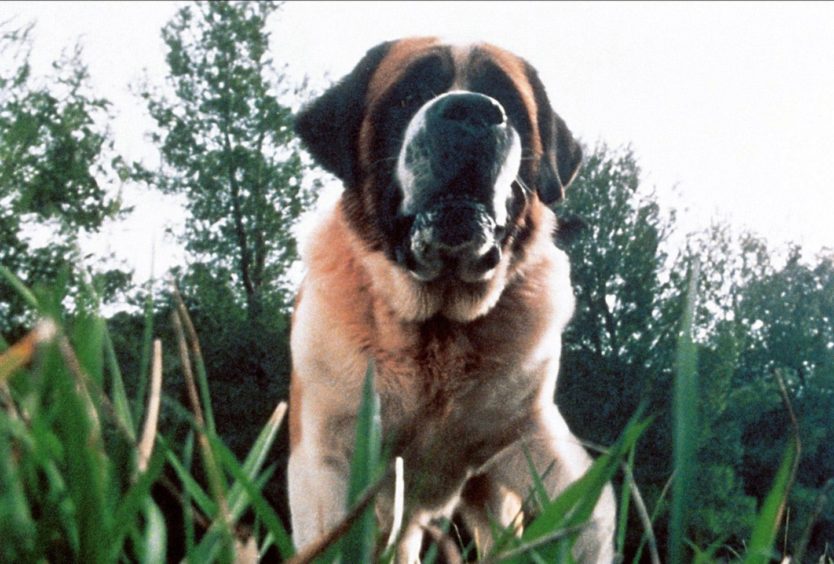Dismally-performing “dog” investment funds holding £29.5 billion of savings have been named and shamed.
In its latest Spot the Dog report, online investment service Bestinvest has sent 77 stock-market investment funds that have consistently underperformed the markets they invest in straight to the “pound”.
But this is down sharply from the 150 funds identified in Bestinvest’s previous report six months ago, as a surge in previously out-of-favour and economically sensitive sectors since last autumn has allowed many former offenders to escape the “kennel”.
According to Bestinvest, the latest list includes “seven beefy Saint Bernard’s”, each holding more than £1bn of investors’ cash.
These sizeable funds are managed by some of the financial services industry’s most recognisable names – HBOS, Scottish Widows, St. James’s Place, Fidelity and abrdn (formerly Standard Life Aberdeen).
At the top of the list of shame is Lloyds Banking Group-owned HBOS, with £6.85bn invested in five funds. Invesco has been knocked off this unwelcome perch into second place after topping the table in each of the previous six reports.
Invesco still has £5bn in three “dog” funds, but the direction of travel is improving following a shake-up at the group. St James’s Place has £3.92bn invested across four “dog” funds, while Scottish Widows has £2.73bn between four poorly performing funds.
The full report can be found online at www.bestinvest.co.uk/spot-the-dog
Bestinvest managing director Jason Hollands said: “Since the coronavirus crash in early 2020, equity markets around the globe have bounced back sharply and delivered impressive returns, buoyed by ultra-low interest rates, massive stimulus programmes and optimism fuelled by the discovery and roll-out of vaccines.
“This has pretty much lifted all ships with the tide – so to speak – so even funds that have failed to keep pace with the surge in markets have often delivered seemingly good returns, though 21 of the funds in Spot the Dog did deliver actual losses over the last three years.
Hidden under-performance
“But in most cases soaring markets have masked the fact that decisions made by the managers of dog funds have actually detracted from the returns their investors might have received. Such funds represent poor value for money.”
He added: “On a more positive note, the latest report does show a sharp fall in the number of dog funds since our last edition. In large part, this is down to a much better period for managers who target cheap, undervalued shares rather than high growth companies.
“The sharp rebound in some of last year’s worst-hit sectors – such as energy and financials – has enabled a lot of previous offenders to escape inclusion as more recent, shorter-term performance has been strong, lifting them out of our filters.
“However, it is also the case that some fund groups are raising their game and have been taking action to address poor performance, including changing managers.”
Key message
Mr Hollands said the key message of Spot the Dog was not to take it for granted that investments are doing OK, just because they may have risen in value over the past year.
He added: “It is really important to periodically spend a little time reviewing your investments and to check how they are doing against the overall market environment, as well as consider whether the mix of investments is right.
“While sometimes it might pay to be patient with a poor performer – for example, because a new team have been put in place to turn it round – in other cases the right course of action could be to switch to an alternative fund run by a manager with a more convincing track record.”
Retail investors see inflation as biggest threat to portfolios
Money experts urge caution after Nationwide confirms post-lockdown spending splurge
Kennel rules
Bestinvest’s Spot the Dog reports look at funds investing in shares – also known as equities – with a minimum track record of at least three years. Earning a place in the investment “kennel” requires a fund to have met some stringent statistical criteria.
Firstly, it must have delivered a worse return than the market it invests in for each one of the last three 12-month periods on the trot. This is to focus the list on consistent underachievers rather than those that might have had a short run of bad luck.
Secondly, a fund must also have underperformed the market it invests in by more than 5% over the entire three-year period under review. Bestinvest said the two worst funds in its latest study had done so by a “staggering” 49%.

